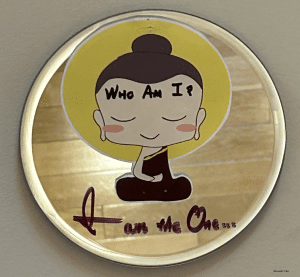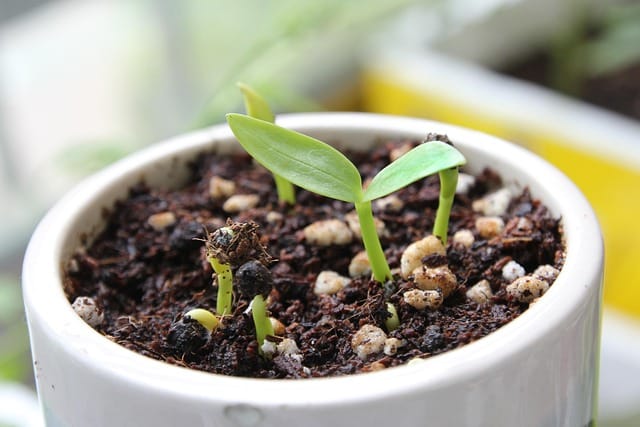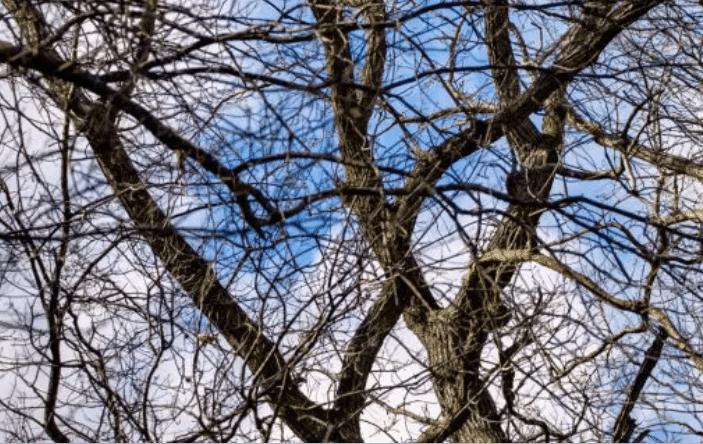I Am the Hero I Needed

Image from Pixabay
There are so many superhero movies out there—Superman, Batman, Ant-Man, X-Men…
I enjoy them a lot, too. They’re fun to watch. But once the movie ends, they feel far away from real life, and honestly, I forget about them pretty quickly.
Still, somewhere in the back of my mind, those scenes stay with me. And sometimes, I find myself pulling out those heroes—using them to escape reality just for a moment. Imagining: what if I had someone like that in my life?
The thing is, this is my life.
And yet, I catch myself waiting.
Waiting for someone to show up—someone to light my dark path, to comfort me, to stop me from making a bad choice, to support me when I feel alone.
Time passes while we wait. And we end up sitting inside a box made of uncertain, unrealistic expectations—waiting for someone else to come save us.
In that box, we start to forget that we can do something about our lives, too.
I’m not saying we need to wear a cape or fly through the sky.
But when we finally see the box we’re in, we can start to look for a way out.
A ladder.
A door.
Even a hammer.
We live in a time when movies and reality are blending.
The Truman Show isn’t just a movie anymore—it feels like reality has already gone beyond it.
And in that space beyond reality, I want to speak the truth.
I want to be the kind of hero I used to wait for.
Not for the world.
But for myself. A Bigger Self hero.
And maybe, one day, for someone else, too.




